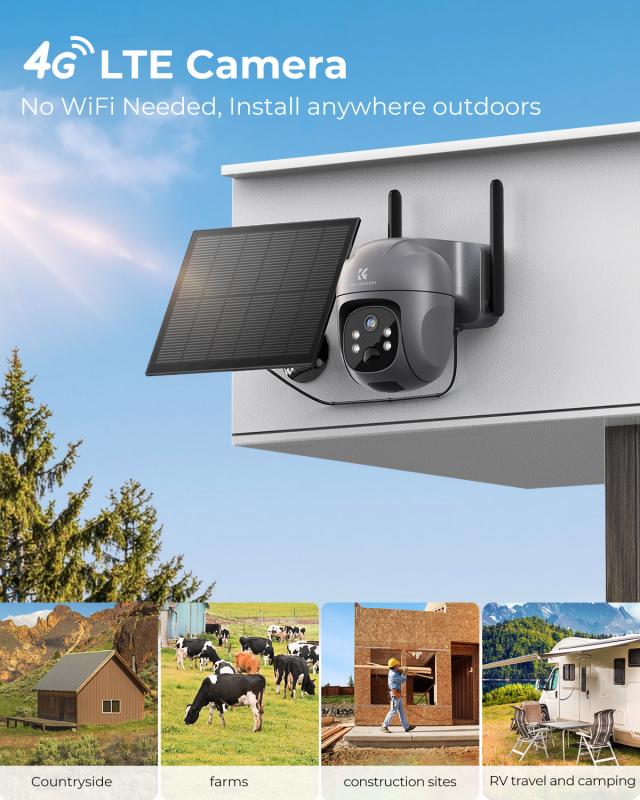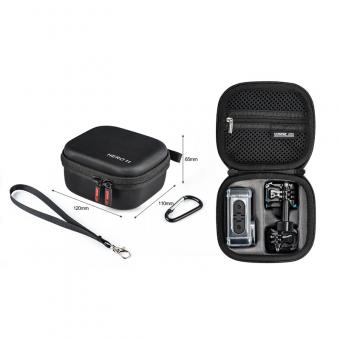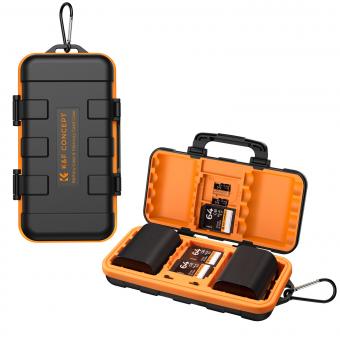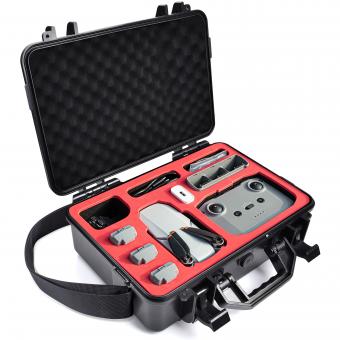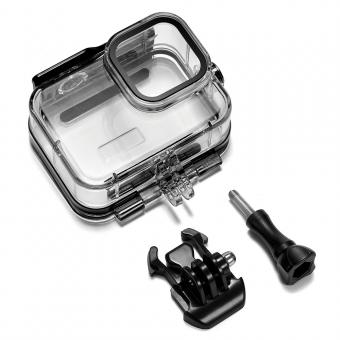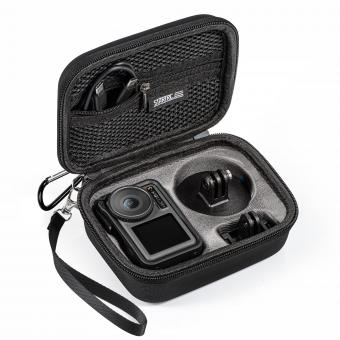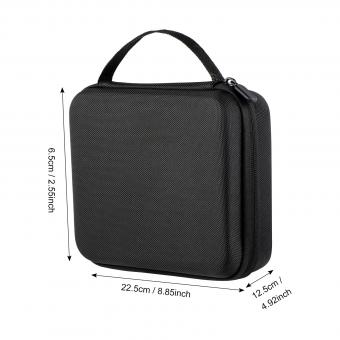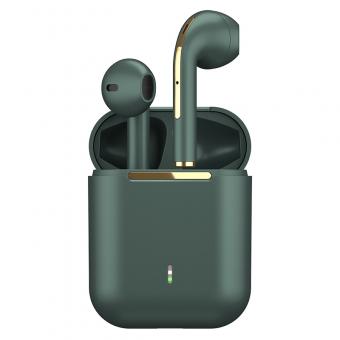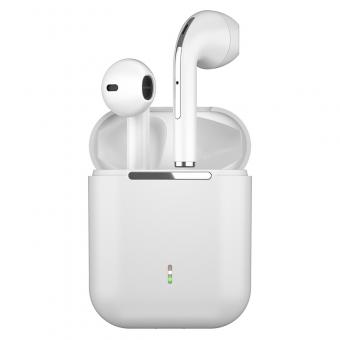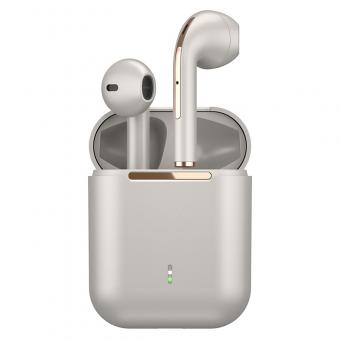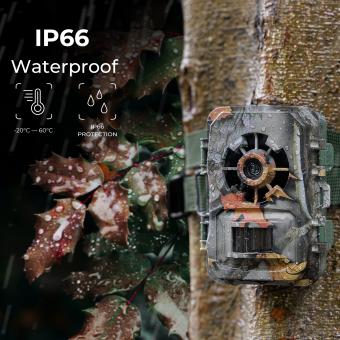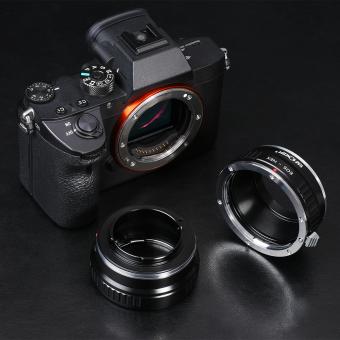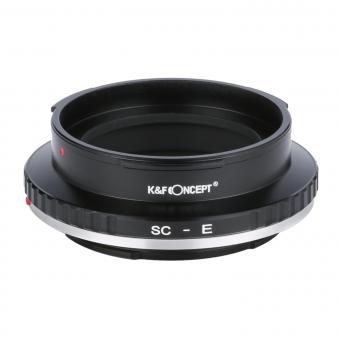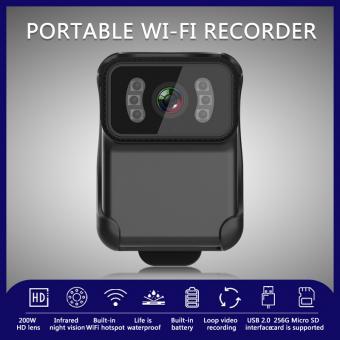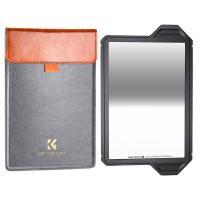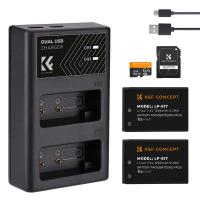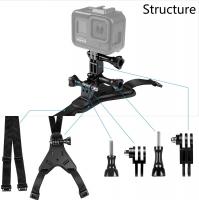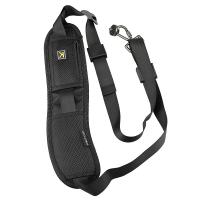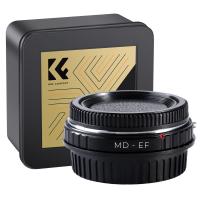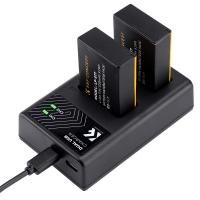Which Camera Case ?
A camera case is a protective bag or container designed to hold and safeguard a camera and its accessories. It is typically made of durable materials such as nylon or leather and features padding or foam inserts to provide cushioning and shock absorption. Camera cases come in various sizes and styles to accommodate different types of cameras, from compact point-and-shoot models to larger DSLRs or mirrorless cameras. They often have compartments or pockets to organize and store additional items like lenses, batteries, memory cards, and cables. Some camera cases also have adjustable straps or handles for easy carrying, while others may have belt loops or attachment points for securing to a backpack or belt. The choice of a camera case depends on the specific camera model and the user's preferences in terms of style, functionality, and level of protection required.
1、 Types of camera cases available in the market
Types of camera cases available in the market vary depending on the specific needs and preferences of photographers. The right camera case can provide protection, convenience, and organization for your valuable camera equipment. Here are some popular types of camera cases available in the market:
1. Shoulder Bag: This type of camera case is designed to be worn over the shoulder and provides easy access to your camera and accessories. It usually has multiple compartments and pockets for organizing your gear. Some shoulder bags also have padded dividers for added protection.
2. Backpack: Camera backpacks are a popular choice for photographers who need to carry a lot of equipment. They offer ample storage space, padded compartments, and comfortable straps for long hours of carrying. Some backpacks also have additional features like rain covers and tripod holders.
3. Sling Bag: Sling bags are similar to shoulder bags but are worn diagonally across the body. They provide quick access to your camera and are ideal for photographers who need to move around frequently. Sling bags usually have adjustable dividers and pockets for organizing your gear.
4. Hard Case: Hard cases are rugged and durable, providing maximum protection for your camera equipment. They are usually made of tough materials like aluminum or plastic and have foam inserts to cushion your gear. Hard cases are ideal for travel or outdoor photography where extra protection is needed.
5. Pouches and Holsters: Pouches and holsters are compact and lightweight options for carrying a single camera or lens. They can be attached to a belt or worn on a shoulder strap. Pouches and holsters provide quick access to your gear and are suitable for photographers who want to travel light.
The latest trend in camera cases is the incorporation of smart features. Some camera cases now come with built-in charging ports, Bluetooth connectivity, and even GPS tracking. These features allow photographers to charge their devices on the go, remotely control their cameras, and keep track of their equipment's location.
In conclusion, the type of camera case you choose depends on your specific needs and preferences. Whether you prioritize protection, convenience, or organization, there is a wide range of camera cases available in the market to suit every photographer's requirements.
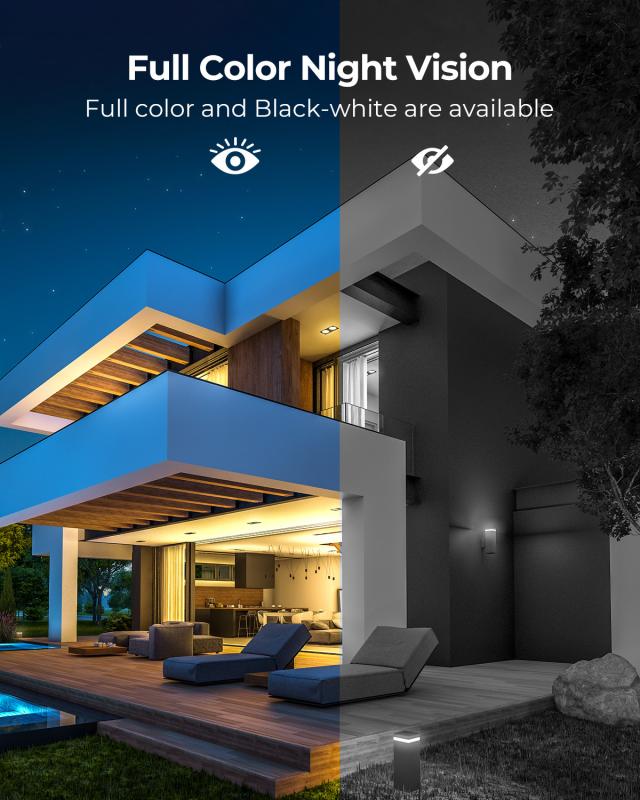
2、 Factors to consider when choosing a camera case
Factors to consider when choosing a camera case depend on various aspects that cater to the specific needs and preferences of photographers. One of the primary considerations is the type of camera being used. Different cameras have different dimensions and require cases that provide a snug fit and adequate protection. It is essential to choose a camera case that is specifically designed for the make and model of the camera to ensure a proper fit.
Another crucial factor is the level of protection required. If the camera is frequently exposed to harsh weather conditions or rough handling, a case with robust padding and weatherproofing features is necessary. Additionally, the case should have compartments and dividers to keep the camera and its accessories organized and protected from scratches and impacts.
The size and weight of the camera case are also important considerations, especially for photographers who are constantly on the move. A lightweight and compact case can be more convenient and easier to carry around. However, it should still offer sufficient storage space for all the necessary equipment.
Furthermore, the accessibility and ease of use of the camera case should be taken into account. A case with quick and easy access to the camera and its controls can be beneficial for photographers who need to capture spontaneous moments. Additionally, features like adjustable straps, handles, and additional pockets can enhance the overall usability of the case.
Lastly, the budget is a significant factor for many photographers. Camera cases come in a wide range of prices, and it is important to find a balance between quality and affordability. It is advisable to invest in a durable and well-constructed case that offers adequate protection, even if it means spending a little more.
In the latest point of view, with the rise of mirrorless cameras, it is important to consider camera cases that are specifically designed for these smaller and lighter camera bodies. These cases should provide a secure fit and protection while also being lightweight and compact. Additionally, as more photographers are embracing video recording capabilities in their cameras, it may be beneficial to choose a camera case that offers specialized compartments for storing audio equipment and other video accessories.
In conclusion, when choosing a camera case, factors such as camera type, level of protection, size and weight, accessibility, and budget should be considered. It is important to find a case that meets the specific needs of the photographer and provides adequate protection for their valuable equipment.

3、 Features and specifications of popular camera case brands
Which camera case is the best for you depends on your specific needs and preferences. There are several popular camera case brands that offer a range of features and specifications to cater to different photographers.
One popular brand is Lowepro, known for its durable and protective camera cases. They offer a variety of options, from compact cases for point-and-shoot cameras to larger backpack-style cases for DSLRs and lenses. Lowepro cases often feature padded interiors, adjustable dividers, and weather-resistant materials, ensuring that your gear stays safe and secure.
Another well-regarded brand is Pelican, which is known for its rugged and waterproof camera cases. Pelican cases are designed to withstand extreme conditions and provide maximum protection for your equipment. They often come with customizable foam inserts, pressure relief valves, and easy-to-use latches.
Think Tank Photo is a brand that focuses on creating camera cases specifically for professional photographers. Their cases are designed with functionality in mind, offering features like quick-access compartments, tripod attachments, and comfortable carrying options. Think Tank Photo also offers a range of sizes and styles to suit different shooting situations.
Peak Design is a relatively newer brand that has gained popularity for its innovative camera bags. Their bags often feature unique design elements, such as magnetic closures, customizable dividers, and expandable compartments. Peak Design also emphasizes versatility and ease of use, with features like quick-release straps and attachment points for accessories.
It's important to consider your specific needs when choosing a camera case. Think about the type and size of your camera equipment, the level of protection required, and your preferred style of carrying. Additionally, reading reviews and seeking recommendations from other photographers can provide valuable insights into the performance and durability of different camera case brands.
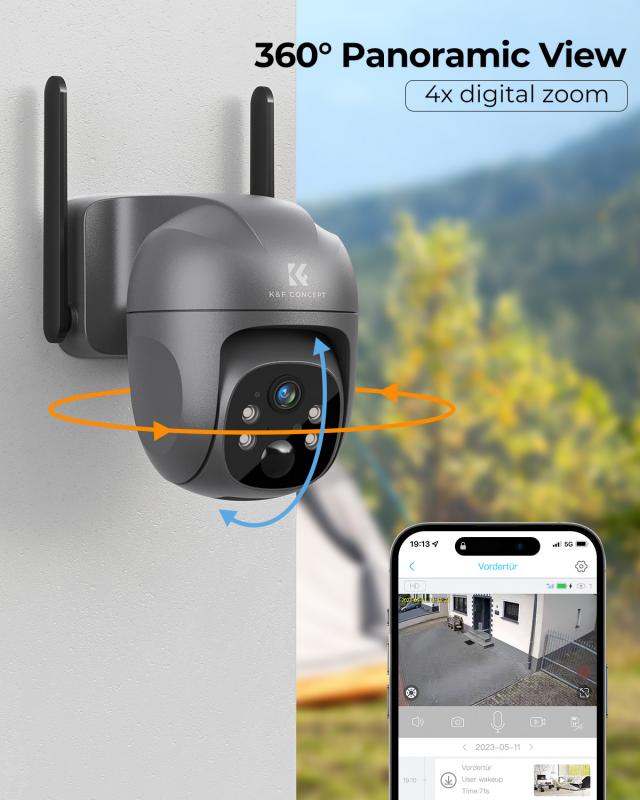
4、 Tips for properly protecting and maintaining your camera case
Tips for properly protecting and maintaining your camera case:
1. Choose the right camera case: The first step in protecting your camera is selecting the appropriate camera case. There are various types available, including hard cases, soft cases, and backpack-style cases. Consider the level of protection you need and the type of photography you do before making a decision.
2. Invest in a quality case: While it may be tempting to opt for a cheaper camera case, investing in a high-quality one will provide better protection in the long run. Look for cases made from durable materials, with padded interiors and adjustable compartments to keep your camera and accessories secure.
3. Keep it clean: Regularly clean your camera case to remove dust, dirt, and debris that can accumulate over time. Use a soft cloth or brush to gently wipe the exterior and interior of the case. Avoid using harsh chemicals or abrasive materials that could damage the case.
4. Store it properly: When not in use, store your camera case in a cool, dry place away from direct sunlight. Avoid storing it in areas with extreme temperatures or high humidity, as this can damage the case and its contents.
5. Check for wear and tear: Regularly inspect your camera case for any signs of wear and tear. Look for loose stitching, broken zippers, or damaged padding. If you notice any issues, repair or replace the case as necessary to ensure continued protection for your camera.
6. Consider additional protection: Depending on your needs, you may want to consider additional protective measures for your camera case. This could include using silica gel packets to absorb moisture, adding a waterproof cover for outdoor shoots, or using a camera sleeve for added cushioning.
In conclusion, choosing the right camera case and properly maintaining it is essential for protecting your camera and its accessories. By following these tips, you can ensure that your camera case remains in good condition and provides the necessary protection for your valuable equipment.
